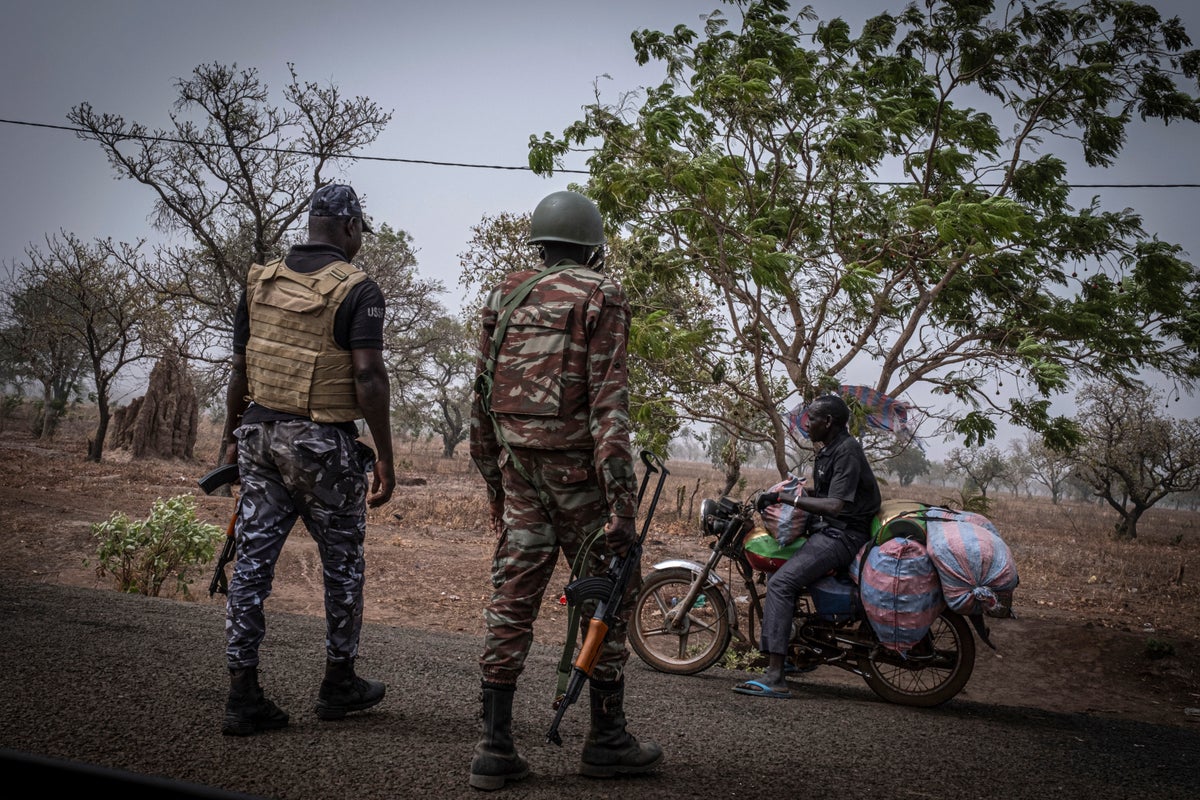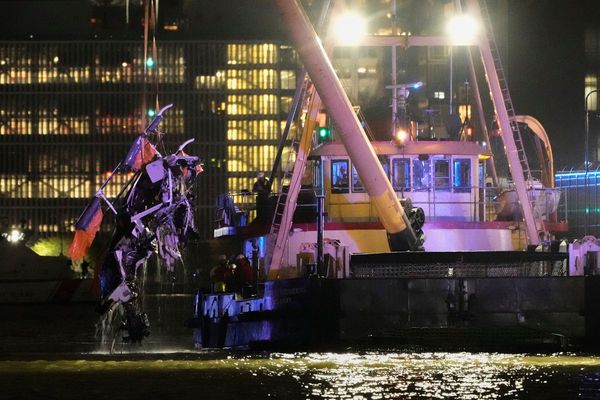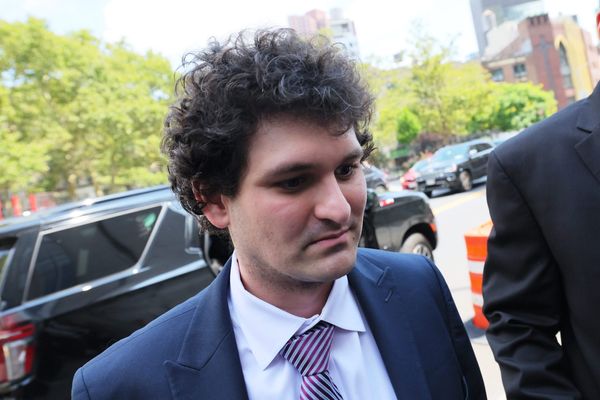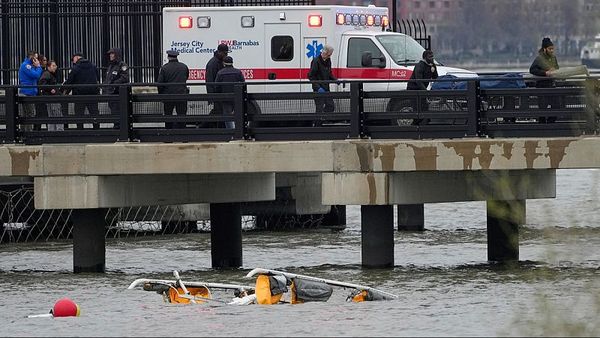
Your support helps us to tell the story
Extremist attacks in Sahel, an arid swath of land south of the Sahara in Africa, have proliferated in recent months: Last week, Islamic militants attacked Bamako, the capital of Mali, for the first time in almost a decade, demonstrating their capacity to carry out large scale assaults. And last month, at least 100 villagers and soldiers were killed in central Burkina Faso during a weekend attack on a village by al-Qaida-linked jihadis, as they were forcibly helping security forces dig trenches to protect security outposts and villages.
Here’s what we know about the security situation in Sahel:
A REGION CHARACTERIZED BY UPRISINGS AND COUPS
Over the last decade, the region has been shaken by extremist uprisings and military coups. Three Sahelian nations, Mali, Niger and Burkina Faso, are now ruled by military leaders who have taken power by force, on the pledge of providing more security to citizens.
But the security situation in Sahel has worsened since the juntas took power, analysts say, with a record number of attacks and a record number of civilians killed both by Islamic fighters and government forces. Over the first six months of this year, 3,064 civilians were killed by the violence, according to the Armed Conflict Location and Event Data Project, a 25% increase compared to the previous 6 months.
Extremist groups operating in Sahel, and what they want
The main two groups operating in the region are the al-Qaida-linked militant group Jama’at Nusrat al-Islam wal-Muslimin (JNIM), and the Islamic State in the Sahel. Over the last year, the JNMI has strengthened its presence in Mali and Burkina Faso, by becoming a more coherent political grouping.
“The local populations support (JNIM) more than IS-affiliated groups,” said analyst Shaantanu Shankar of the Economist Intelligence Unit. “They have integrated local rebel groups, which have close community ties.”
Unlike JNMI, Islamic State in the Sahel is a loose coalition of anti-government forces that is much less entrenched politically, he said. They are much more dominant in the Lake Chad region.
These groups attack, terrorize and kill local populations and their actions likely amount to war crimes, according to rights organizations.
In addition, there is also a number of local militia on the ground, which are not affiliated with IS or al-Qaida, as violence has exploded between rival ethnicities and local self-defense groups resulting in a self-perpetuating spiral of violence.
Why the extremists in Sahel are getting stronger
The military juntas in three countries have capitalized on popular discontent with the former democratically elected governments, which they saw as corrupt and propped up by France.
After coming into power, all three juntas left the Economic Community of West African States, the nearly 50-year-old regional bloc known as ECOWAS, and created their own security partnership, the Alliance of Sahel States, in September. They have cut ties with the traditional Western allies, ousting French and American military forces, and instead sought new security ties with Russia.
“There is a huge security vacuum after the withdrawal of the French and American military" from the region, said Shankar, which cannot be filled by Russia. Troops from the Wagner Group, the Russian private military company, present in the region are being financed by the junta governments, Shankar added, with fewer financial resources.
But experts say the other factor fueling instability is the worsening economic situation, as well as the lack of job opportunities, which contribute to the rising popularity of extremist groups. In all three countries, Islamic extremists have been recruiting among groups marginalized and neglected by the central governments.
“There are very few opportunities for people in rural Sahel, especially the youth,” said Heni Nsabia, the Armed Conflict Location and Event Data Project analysis coordinator for West Africa. “But the other aspect is that people whose families and communities were targeted by state forces seek security, status and vengeance.”
How the groups finance themselves
Despite being affiliated with al-Qaida and the Islamic State group, extremist groups in the Sahel mostly get financial resources within their own strongholds, analysts said. They impose taxes on the local population, take control of the management of natural resources, especially of gold, and steal cattle.
They also impose sieges on towns and use kidnappings, improvised explosive devices and landmines as they seek to control supply routs and resources.
The extremists are also involved in trafficking, especially of drugs, said Aaryaman Shah, a security analyst who specializes in the financing of extremist groups. And they profit from people smuggling — which might bring them even more money in the future.
“We are concerned about the recent turmoil in Libya, and how that could actually affect the migrant flow," said Shah. “We are also looking at Niger, where the junta disbanded the law stopping people from crossing into Libya.”
The business model that these groups developed is very diversified, analysts said. “This is why it is difficult to destroy them economically," said Nsabia from ACLED. "If you target one aspect, they have other sources of revenues.”
The outlook for the future
Analysts predict that the situation in the Sahel is going to worsen in the coming months, with the military governments becoming increasingly desperate as they focus on preserving their political existence, and no way of holding them accountable.
“It’s a very volatile phase, security is projected to get worse in the next 2 years,” said Shankar of the Economist Intelligence Unit.
And the violence has been spilling outside the Sahel borders: Extremists believed to be linked to al-Qaida have crossed into Benin and the north of Nigeria, the latest trend in the militants’ movements to wealthier West African coastal nations.
“It’s undeniable that things are getting worse, and the scope of the threat has been expanding,” said Nsabia. “Today, we should not be talking only about Sahel, but also about Benin and Togo, where the JNIM have done excursions as far as 200 kilometers inland.”
Europe and United States are seeking to support the governments of these coastal nations in their counter-terrorism efforts. Michael Langley, the top U.S. commander for Africa, told reporters last week the U.S. was in talks with Ivory Coast, Ghana and Benin as the country starts “to reset and recalibrate some of our assets."
A major challenge has been, and will continue to be, access to information, experts said. All juntas significantly restricted journalism, so now they are in complete control of the narrative, including of who is defined as a jihadi. In Mali, the government branded all Touaregs an ethnic group which staged a rebellion against the government, as jihadis, although only some of them allied with JNIM.







